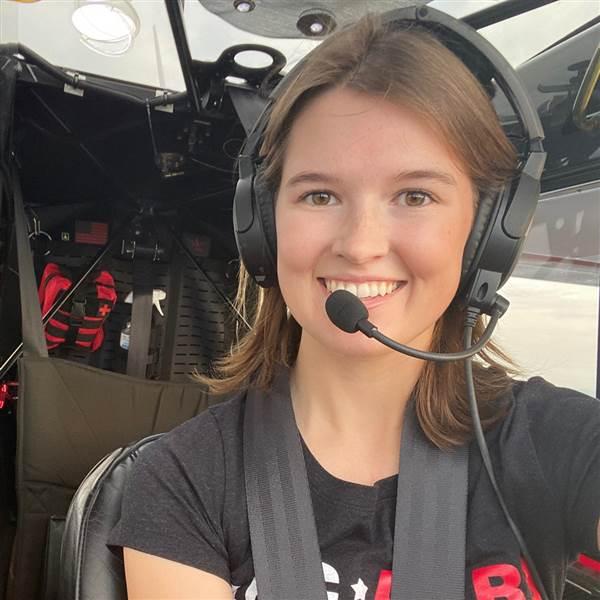Wildlife management
Dropping fish from a Skywagon into Colorado lakes

Denise Joi is one of only four backcountry pilots in Colorado to call this their job. She is an airline transport pilot with more than 4,500 hours (3,500 hours in taildraggers) and an avid outdoorswoman with backcountry flying experience in Alaska, Central America, and Africa.
With Colorado Parks and Wildlife, one of her riskier assignments is to drop fish from 150 to 200 feet into a remote, alpine lake from a Cessna 185 (see “Teaching Fish to Fly,” February 2023 AOPA Pilot). “You’re always sort of thinking about what if something happens? There’s a physiological drain to it, there’s a mental drain to it, and in the industry, they don’t teach you how to stay fit for that,” said Joi.
The CPW 185s and pilots are also used for animal population surveys; tracking GPS-collared animals including deer, elk, and mountain lions; waterfowl counts; eagle nesting surveys; and flying cover to monitor operations when doing helicopter animal captures. Sometimes they even patrol for poaching. But fish stocking is Joi’s favorite mission at CPW.
A victim of abuse when she was younger, and after years of waiting tables, getting crafty with her funds, and even homelessness, Joi worked her way through flight training.
“Honestly, learning how to fly was easy,” said Joi. “Learning to heal so I could be the person that I wanted to be was way harder. It took me longer to get those tools than it did to get my licenses. The skills I learned healing from childhood adversities made me a better pilot,” she said. “Focus on your steps, not the finish line. Take a break when you need to and take care of yourself. Progress and healing are not linear.”




